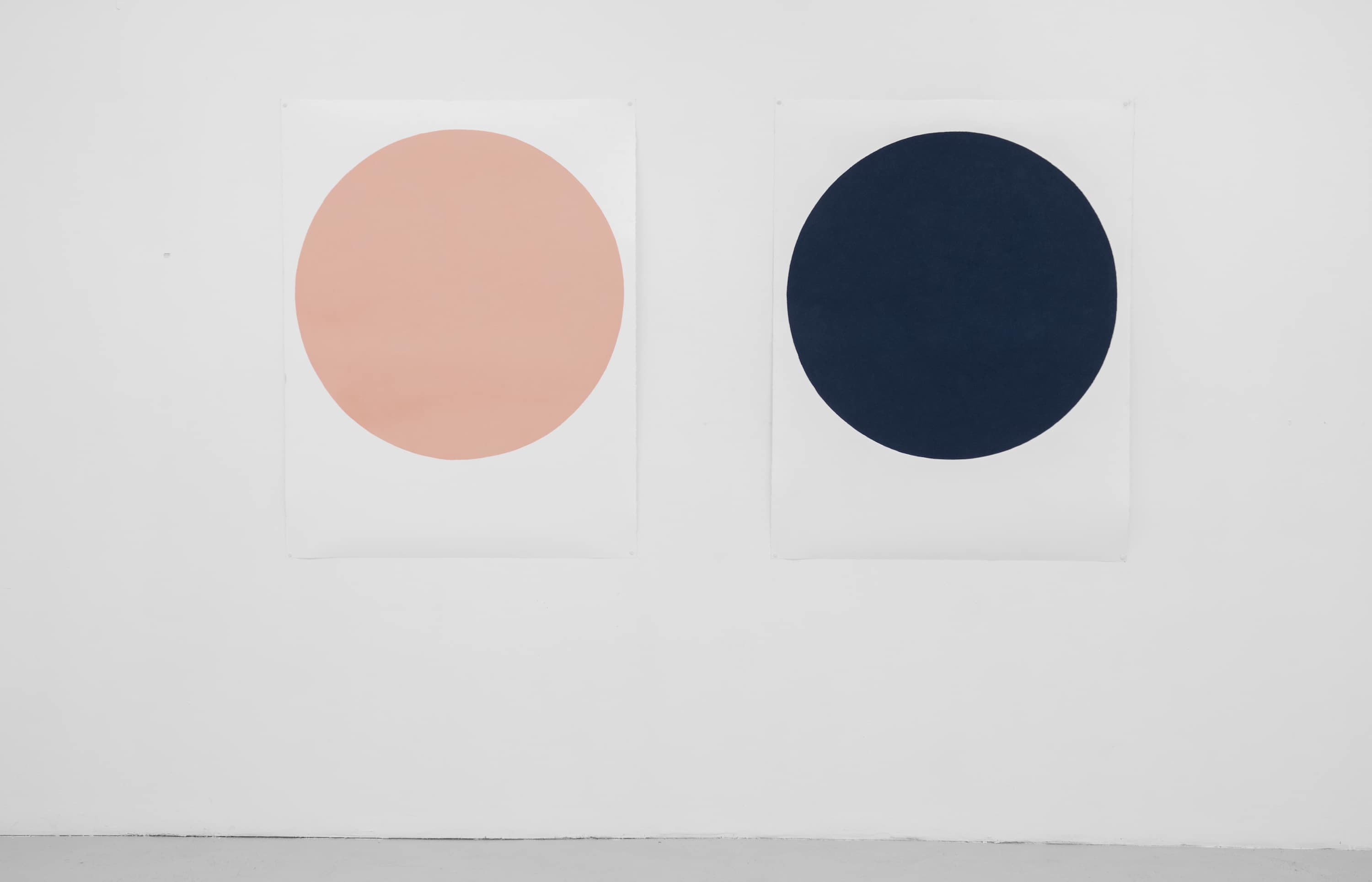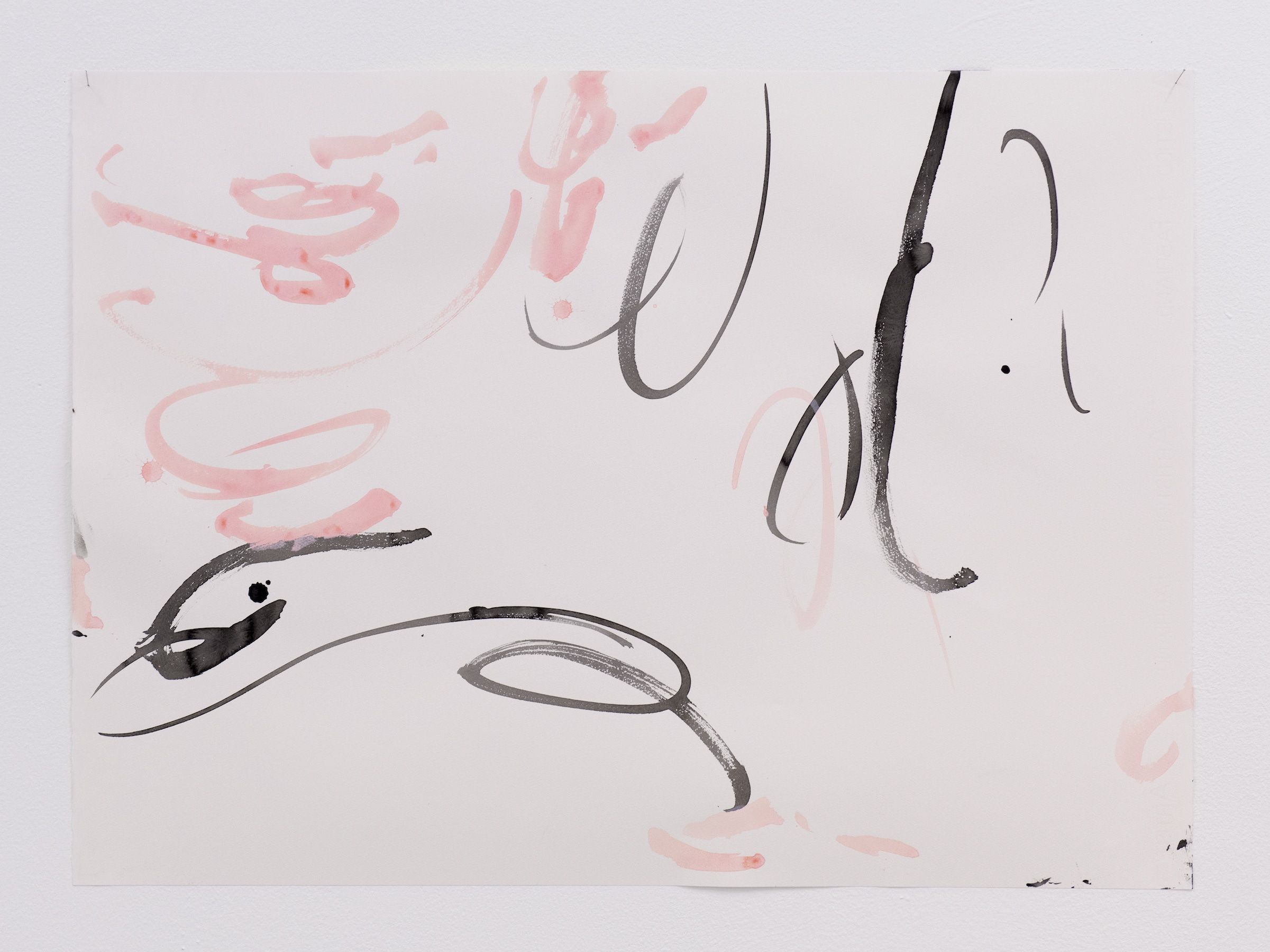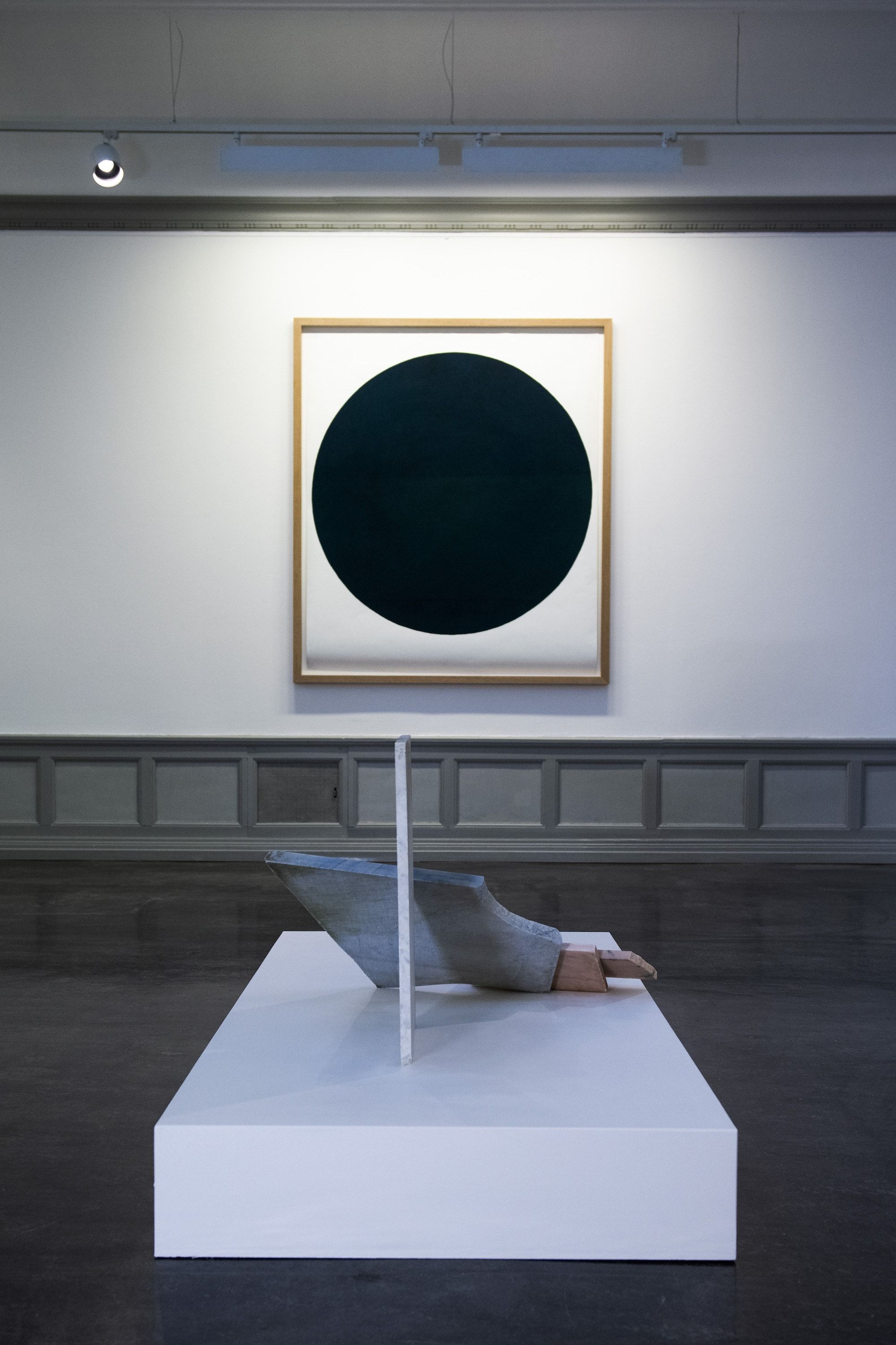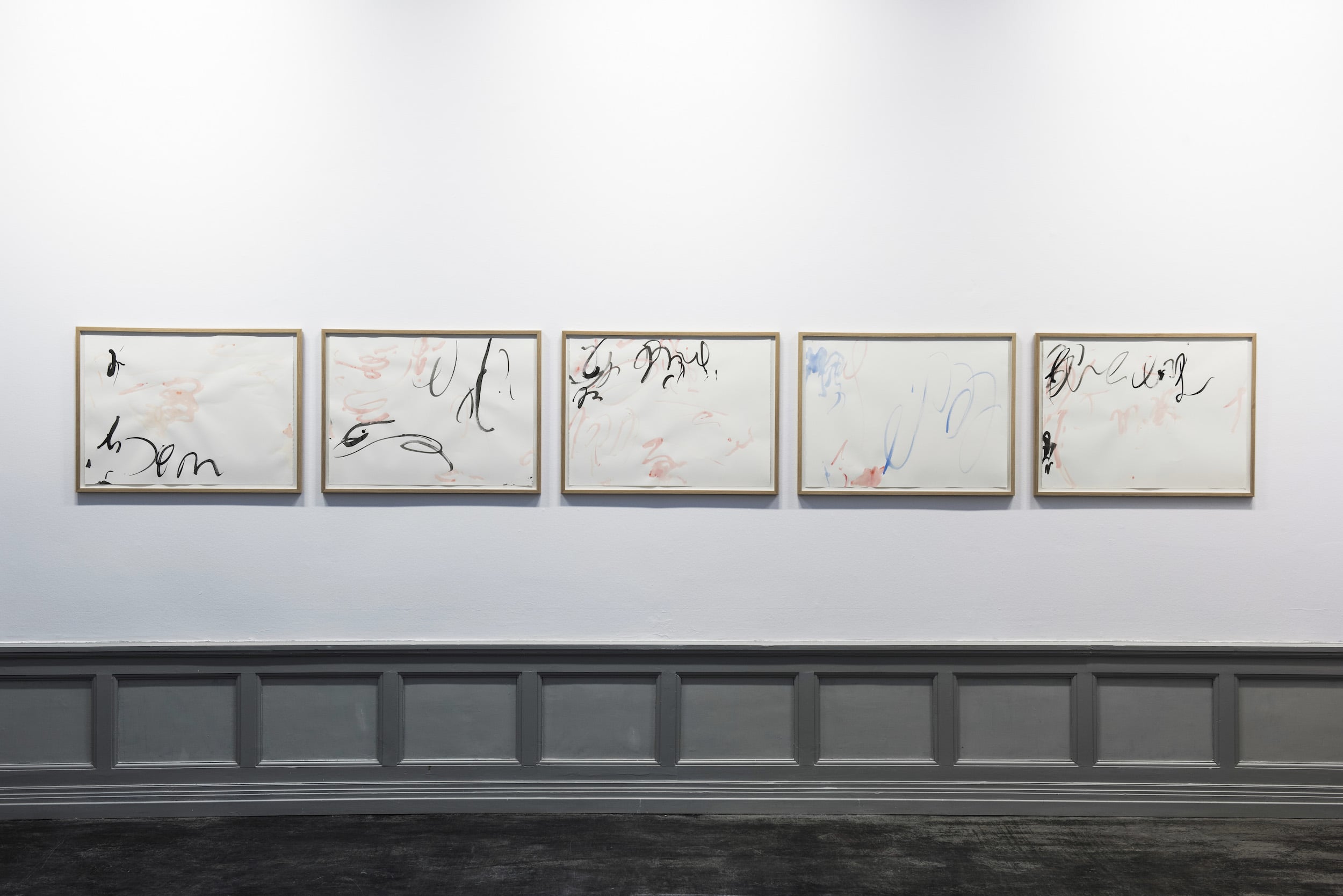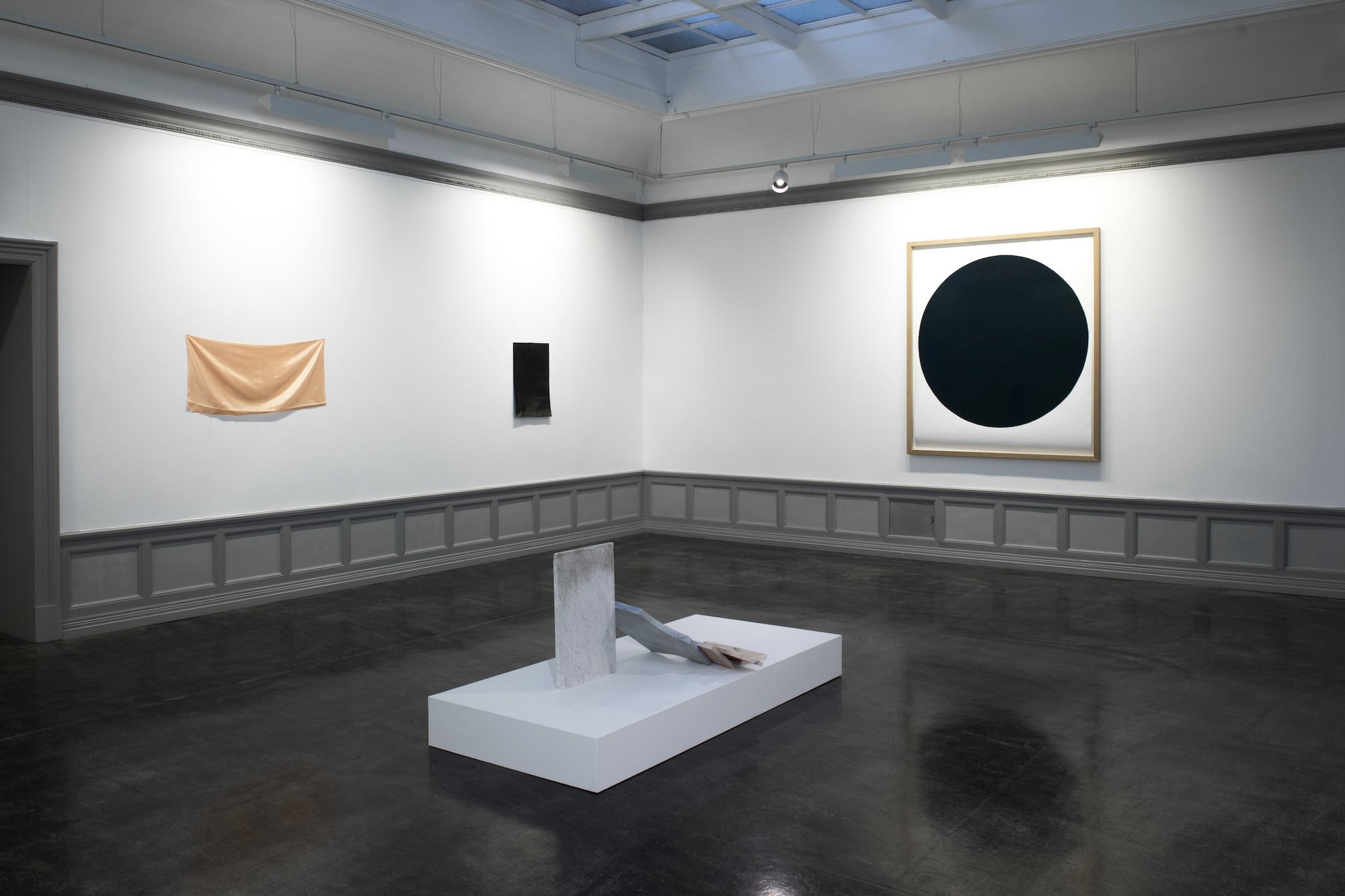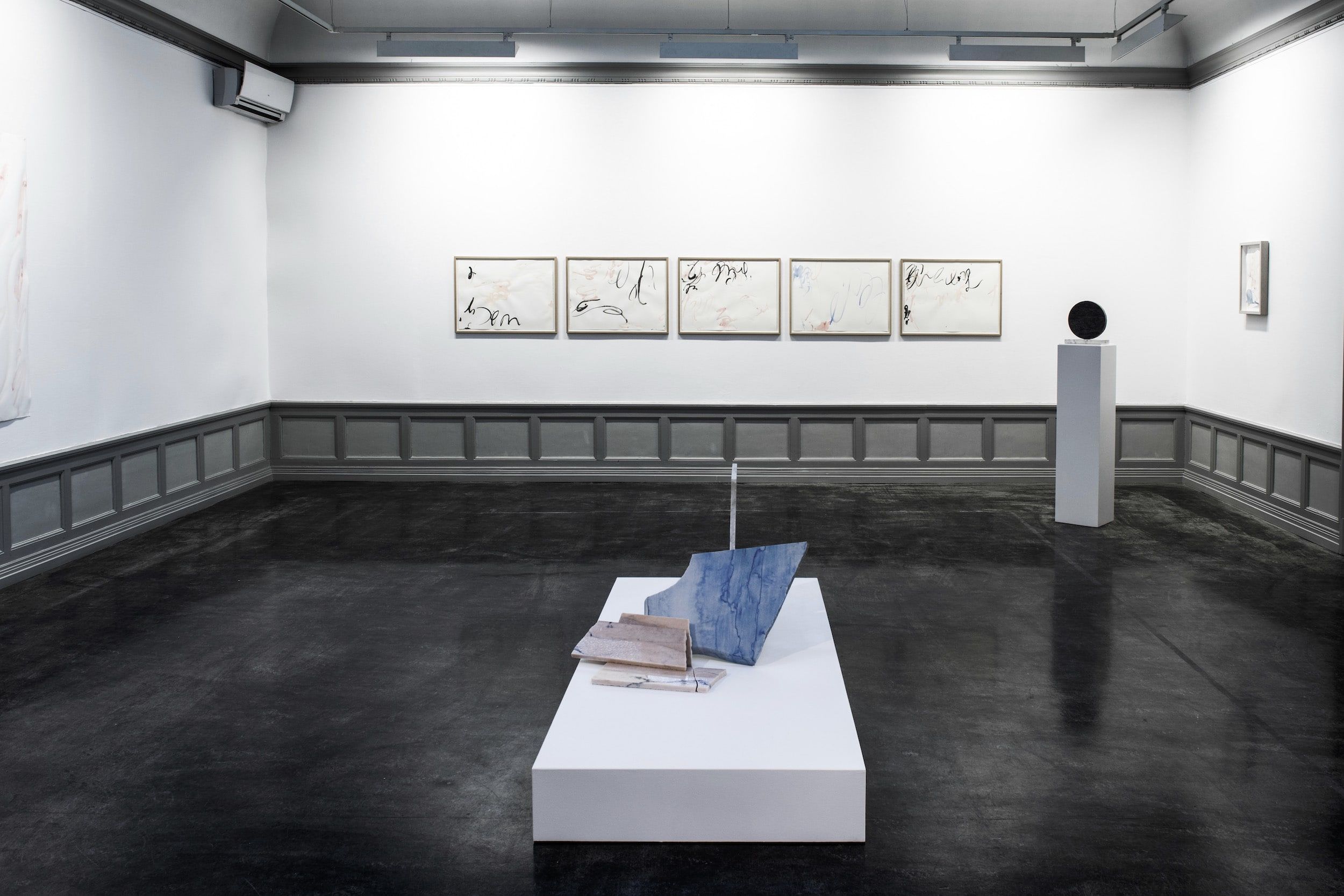Because every human’s individual experience is unique, we meet art from different entry points. My own art experiences are characterized by, firstly, that I did not grow up in an artistic environment, and secondly, that embedded in me is my education as a social scientist and its training in directing and analyzing social processes. That is why art that is related to the relational, social, political and conceptual areas of life is often easier for me to “grasp”, easier to relate to, compared to for example abstract art. One of many examples of art that I find easily relatable is the French artist Sophie Calle´s solo exhibition Take Care of Yourself at Stavanger Art Museum in 2013. The exhibition immediately ignites several trains of thought and emotional associations. The idea and the execution of the exhibition came after Calle was dumped by her boyfriend. Instead of getting angry, or mourning in private, Calle initiated an art project that made the event and the experience of it a collective affair. She sent the break-up-letter she had received to 107 women in different professions. All of them contributed to the project with opinions and interpretations of the letter and the situation. Some of the responses formed the exhibition. I experienced Take Care of Yourself as a conceptual work that resonated with a deeply personal experience. The exhibition - unfolding through text and image, through polyphonic interpretations and paths of thought - was experienced as generous, rich with meaning, multifaceted and intuitively available.


